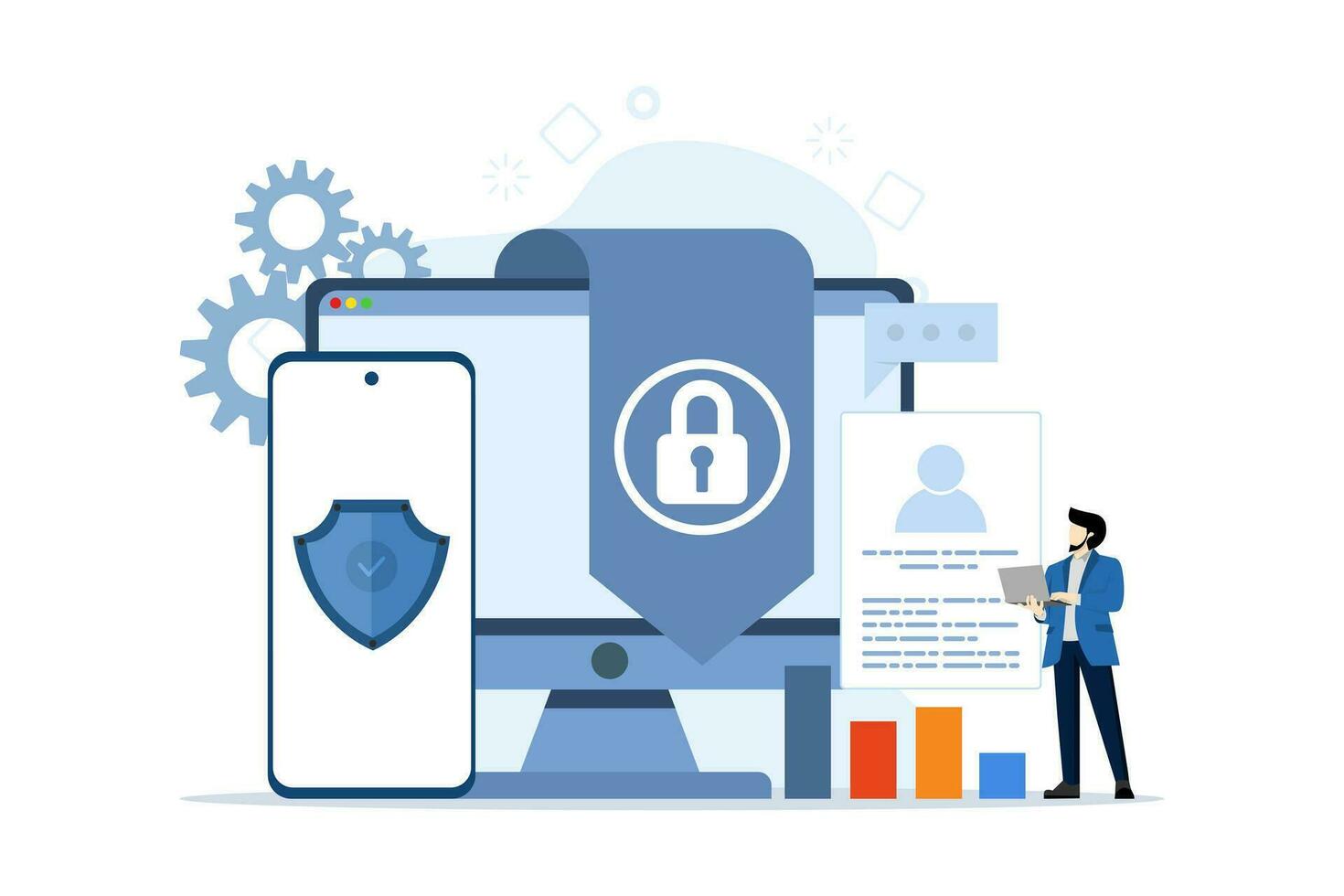In the intricate world of cybersecurity, the ability to reconstruct events after a security incident is paramount. Digital forensics and incident response (DFIR) teams rely on high-fidelity data to understand the anatomy of an attack, from initial intrusion to data exfiltration. While logs and metadata provide valuable clues, they often fall short of painting the complete picture. This is where full packet capture becomes indispensable. A packet capture appliance is a dedicated system designed to intercept, record, and store all network traffic, providing an irrefutable record of every conversation that traverses the network. This complete visibility is crucial for ensuring data integrity during complex cyber investigations.
The need for such comprehensive data is underscored by the evolving nature of cyber threats. Attackers are increasingly sophisticated, employing techniques to evade traditional detection methods and erase their digital footprints. A 2023 IBM report highlighted that the average time to identify and contain a data breach is 277 days.
During this extended dwell time, adversaries can move laterally, escalate privileges, and exfiltrate sensitive information. Without a complete historical record of network activity, investigators are left to piece together fragments, potentially missing critical details about the breach’s scope and impact.
A packet capture appliance provides this definitive source of truth, enabling analysts to rewind time and examine the exact packets involved in an incident, no matter when it occurred.
The Role of Packet Capture in Digital Forensics
Digital forensics is the process of collecting, preserving, and analyzing digital evidence in a manner that is legally admissible. In network forensics, data integrity is the cornerstone of a credible investigation. Any alteration, whether intentional or accidental, can render the evidence useless. Packet capture provides the highest fidelity evidence possible because it records the raw data in transit, untouched and unmodified.
Unlike flow data (like NetFlow or IPFIX), which summarizes conversations between hosts, full packet capture (PCAP) records everything. This includes packet headers, payloads, and timing information. This level of detail allows investigators to reconstruct entire sessions, extract files, analyze application-level protocols, and identify malicious payloads that might be missed by other security tools.
For example, an analyst can use PCAP data to rebuild a file transferred via FTP, view the specific commands a hacker executed in a remote shell, or analyze the content of a phishing email, including its attachments.
This granular evidence is vital for attribution, damage assessment, and remediation efforts. It transforms an investigation from a process of educated guessing based on metadata to a fact-based analysis of undeniable network activity.
How a Packet Capture Appliance Enhances Incident Response

When a security alert fires, the race against time begins. Incident response teams need to quickly determine the nature of the threat, its scope, and how to contain it. A packet capture appliance acts as a powerful ally in this high-stakes scenario. It allows responders to immediately pivot from an alert in their Security Information and Event Management (SIEM) or Intrusion Detection System (IDS) to the corresponding raw packet data.
This capability significantly accelerates the investigation process. Imagine an IDS alert for suspicious command-and-control (C2) traffic. With only the alert, an analyst knows that a potential compromise has occurred but has little context. By accessing the full packet capture, the analyst can examine the entire communication stream. They can see the initial infection vector, identify the specific malware variant by its network behavior, determine what commands were sent by the attacker, and see if any data was exfiltrated. This deep context enables a more targeted and effective response. Instead of simply blocking an IP address, the team can identify and isolate all compromised endpoints, patch the vulnerability that was exploited, and hunt for similar activity across the enterprise. This proactive approach, fueled by detailed packet data, helps organizations move from a reactive security posture to a more resilient one.
Capabilities of Modern Packet Capture Systems
Not all packet capture solutions are created equal. To be effective in today’s high-speed network environments, a packet capture appliance must possess several critical capabilities. These systems are engineered to handle immense data volumes without dropping a single packet, ensuring the integrity and completeness of the evidentiary record.
Key features that define a modern appliance include:
- Lossless High-Speed Capture: Modern networks operate at speeds of 10Gbps, 40Gbps, 100Gbps, and even higher. The appliance must be able to capture traffic at these line rates without loss. Dropped packets mean lost evidence, creating blind spots that attackers can exploit.
- Scalable Storage and Long-Term Retention: Given the long dwell times of advanced threats, retaining packet data for weeks, months, or even years is essential. Effective solutions use scalable storage architectures that allow organizations to store petabytes of data cost-effectively.
- High-Speed Search and Retrieval: Sifting through petabytes of data to find the packets related to a specific incident can be like finding a needle in a haystack. A powerful indexing and search engine is crucial for enabling analysts to query vast datasets and retrieve relevant PCAPs in minutes, not hours or days.
- Real-Time Analysis and Filtering: The ability to filter traffic in real-time allows organizations to focus on capturing the most relevant data. Furthermore, integration with threat intelligence feeds and IDS engines like Suricata enables the appliance to generate alerts and enrich the captured data with security context on the fly.
- Artifact Extraction: A key function for investigators is the ability to extract files and other artifacts directly from the captured network traffic. This allows them to analyze malware samples, recover stolen documents, or examine other malicious payloads without having to access the compromised endpoint, which may have been wiped by the attacker.
These capabilities work in concert to provide security teams with a powerful platform for network visibility and forensic analysis. They ensure that when a breach occurs, the organization has a complete and accurate record to rely on.
Integrating Packet Capture into the Security Ecosystem

| Aspect | Details |
|---|
| Introduction to Packet Capture | A packet capture appliance is a foundational component of a Security Operations Center (SOC), unlocking its full potential when integrated with other security technologies. |
| Integration with Other Tools | Feeding high-fidelity packet data into the security ecosystem enhances existing tools and streamlines investigative workflows. |
| SIEM Integration | When a SIEM generates an alert, analysts can use deep-link integration to instantly pull up the corresponding packet data, eliminating manual correlation of timestamps and IP addresses across systems. |
| Threat Hunting | Threat hunting teams can test new hypotheses against historical packet data, performing “back-in-time” threat hunting to detect previously undetected signs of compromise. |
| Long-Term Repository | A long-term repository of full packet captures is critical for “back-in-time” threat hunting, allowing organizations to investigate past incidents for overlooked signs of compromise. |
| Transformative Role of Integration | Integration turns the packet capture system from a passive recorder to an active, integral part of the security strategy, enhancing detection, response, and recovery efforts throughout the security lifecycle. |
Final Analysis
In the context of cyber investigations, data integrity is non-negotiable. The ability to present a complete, unaltered record of network events is what separates a successful forensic analysis from a failed one. A packet capture appliance provides this authoritative record. By capturing and storing every single packet that crosses the network, it eliminates blind spots and provides the ground truth needed to understand the full scope of a security incident. While logs and metadata are useful, they only tell part of the story. Full packet capture provides the full narrative, complete with every detail. For any organization serious about building a robust incident response capability and ensuring the integrity of its cyber investigations, deploying a dedicated packet capture solution is not a luxury—it is a fundamental necessity.


